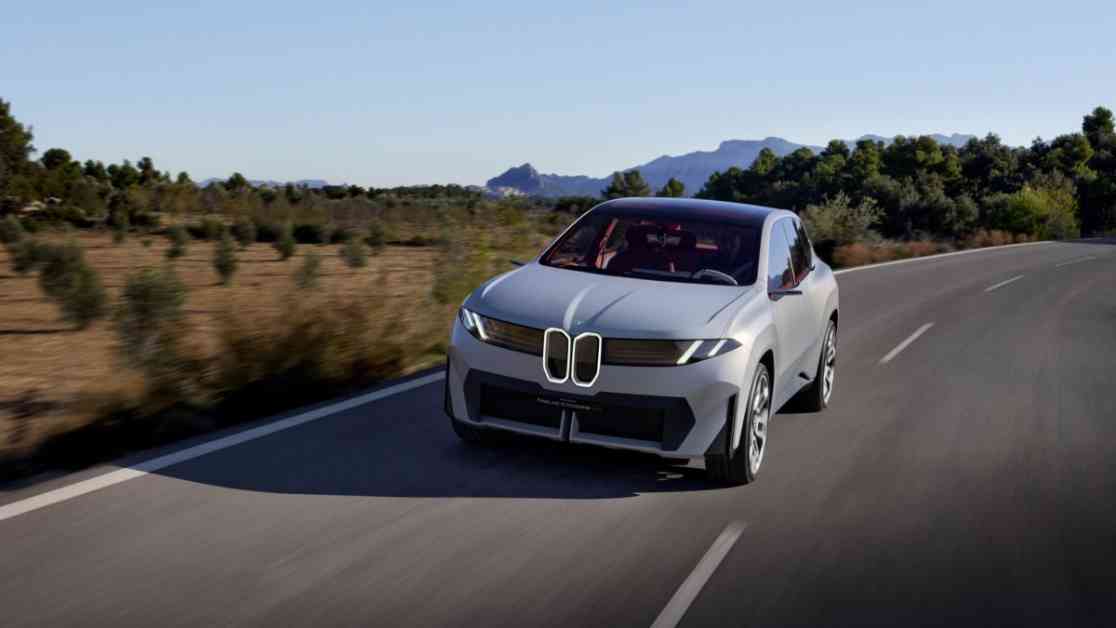Recent developments in the automotive industry have highlighted the crucial role the next five years will play in the transition to electric vehicles. With consumer demand for battery-electric vehicles fluctuating, the key questions revolve around cost reduction by automakers and the timely development of infrastructure to support the EV momentum. BMW is committed to maintaining its original timeline for EV releases, despite recognizing a future for internal combustion engines. Insider information suggests that BMW is working on two entry-level EVs, the i1 expected to debut in 2027 and the i2 in 2028.
BMW’s head of product, Bernd Korber, emphasized the company’s focus on the entry-level luxury market, particularly with the opportunity presented by Mercedes-Benz discontinuing the A-Class. This move allows BMW to attract younger customers who could potentially progress through the brand’s model lineup from 1 to 3 to 5 to 7 series. The upcoming electric 1 and 2 models will be developed alongside their ICE-powered counterparts but will utilize the Neue Klasse architecture, marking a shift from the current FAAR platform.
The BMW i1 is projected to offer sedan and hatchback variants, while the i2 will be available as a crossover or a coupe, with options for front- or all-wheel drive systems. These new electric models will be part of BMW’s broader strategy to introduce six new products under the Neue Klasse architecture, set to launch next year. While specific details about the iX2 crossover were not disclosed, it is expected that the iX1 will transition to the Neue Klasse platform, aligning with the i1 and i2 releases.
In terms of pricing, BMW aims to position the i1 and i2 below the entry price of the iX1 and iX2, which currently stand at approximately €48,000 (about $50,800). Given BMW’s focus on affordable EVs through its Mini brand, the i1 and i2 are likely to cater to a similar market segment. By expanding its electric vehicle lineup with more accessible options, BMW is aligning its product strategy with the evolving landscape of the automotive industry, catering to diverse consumer preferences and sustainability goals.










